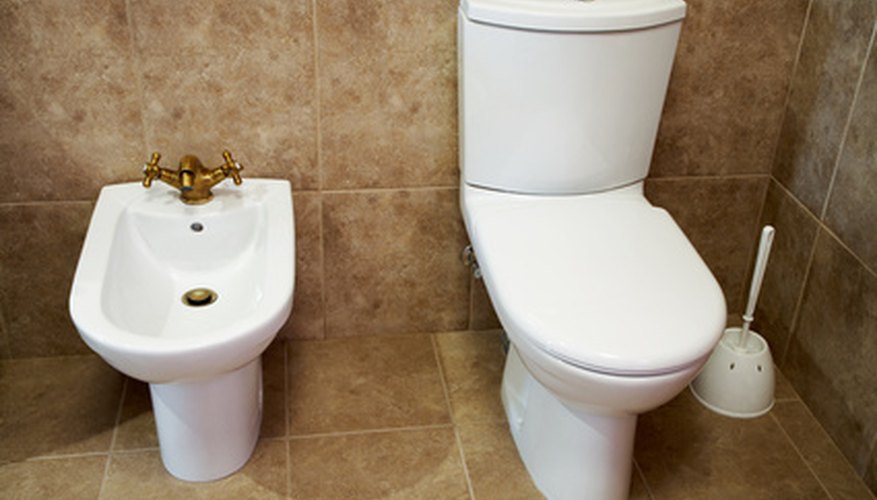European Toilets are more water efficient, heavier duty, and can make a bathroom look as refined and contemporary as any other room in the house. It may come as a surprise that European toilets can actually be easier to install than their standard American counterparts as well. Keeping in mind a few key elements, installation of a European toilet can be quick, easy and worry free.
Before You Begin
It is important to keep in mind, before you begin to install a European style toilet, that the bowl will often be heavier than one person can easily manipulate. This is a two-person job at least and a third spotter during bowl placement can prevent injury to person and property. Three people installing one toilet may seem excessive until a streak along the tile or a large piece of cracked porcelain ruins the project.
New Parts
If you are replacing your old toilet with a European toilet, you may still have your old closet bolts. Throw them away. While this seems wasteful, it is worth noting the closet bolts take a majority of the stress which is put on your toilet bowl. These bolts should be replaced any time a toilet is replaced. Failure to do so can result in leaks, or displacement of the bowl.
- If you are replacing your old toilet with a European toilet, you may still have your old closet bolts.
- While this seems wasteful, it is worth noting the closet bolts take a majority of the stress which is put on your toilet bowl.
Install the Siphon Unit First
Many European toilets have a siphon unit which makes for an economical flush, but also for easy installation. Install the siphon unit over the flange first, making sure to press the wax ring on the siphon unit, then bolt the siphon unit securely to the flange.
Assemble the Unit
Once the siphon has been attached to the flange, the rest is surprisingly user friendly. Thanks to an innovative design, European style toilets are "plug and play," meaning you can assemble the bowl and tank and install it as one unit. Assemble the bowl and tank on site (meaning in the bathroom) as carrying the already assembled parts puts additional stress on the bolts and fittings used to connect the two pieces. Once connected, simply slide the toilet onto the siphon and secure it accordingly. Connect the water source to the toilet at this time and test flush repeatedly, looking for leaks or errors with each flush. If your European style toilet has a button flush, try pulling the flap manually to make sure the inner workings of the flush valve assembly are sound.
- Once the siphon has been attached to the flange, the rest is surprisingly user friendly.
- Thanks to an innovative design, European style toilets are "plug and play," meaning you can assemble the bowl and tank and install it as one unit.
